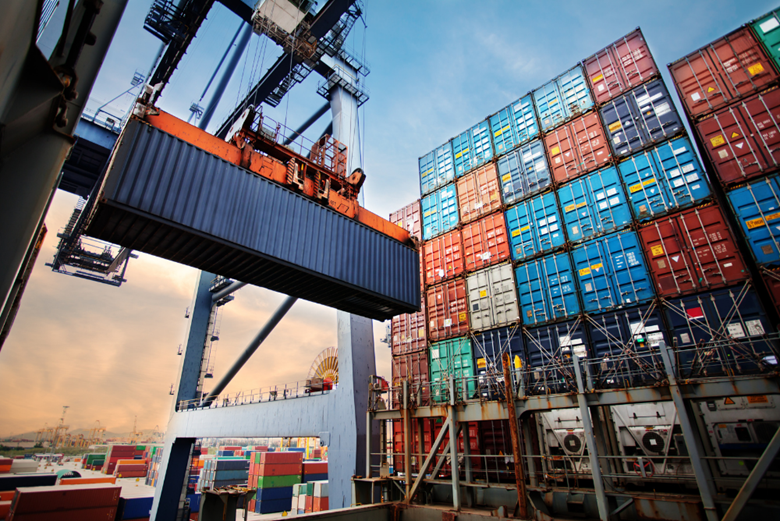APEC Sees Surge in Trade, Grows Double-Digits Despite Disruptions

Home to half of world trade, the APEC region posted double-digit growth both in trade volume and value during the period of January to September 2021, according to an update to an APEC Policy Support Unit report.
The volume of APEC’s merchandise exports and imports increased by 14 percent and 16 percent respectively compared to the same period last year, when these were in the negative zone. The value of merchandise trade, meanwhile, rose to 28.2 percent for exports and 27.3 percent for imports, driven by higher costs of fuel and manufactured products.
The update highlights that the reasons for this surge are the combined effect of a rebound in economic activity, marked by a spike in demand, as well as a low base, since trade contracted in the last couple of years. Adding to that, supply shocks led to higher shipping and storage costs which fed into prices of exports and imports.
Trade expanded in a broad range of manufactured goods, including iron and steel, chemicals, machineries, clothing and footwear, while trade in COVID-19-related goods such as pharmaceuticals and telecommunications equipment has remained strong.
“To sustain the recovery, member economies should remain united in their response and their priorities; that in the immediate period, we must ensure that people are healthy so that economies can recover, reopen and rebuild,” explained Dr Denis Hew, Director of the APEC Policy Support Unit. “Central to this is the free and rapid flow of medical supplies across borders to expand vaccination coverage, on which members agreed early last year.”
Also read: APEC Region’s GDP Growth Moderates to 5.8% in 2021: Report
In terms of trade in services, the update notes a rebound in APEC’s commercial services by 11.1 percent for exports and 9.2 percent for imports in the first three quarters of 2021.
The increase in shipping rates boosted the performance of transport services, which grew by 26.8 percent, while strong consumer demand pushed goods-related services to grow by 10.7 percent in Q1-Q3 of 2021.
“Unfortunately, the travel sector continued to be a drag on services trade as the recovery of travel and tourism is largely dependent on the full reopening of borders across the world,” said Rhea C. Hernando, a researcher with the APEC Policy Support Unit who wrote the report.
“Travel services last year is still around 30 percent lower than the 2019 level despite efforts by authorities to develop several travel corridors,” Hernando added. “This only highlights the importance of APEC’s commitment in advancing the work to safely reopen borders and reconnect the region.”
As Chair of APEC 2022, one of Thailand’s priorities is to address the pressing issue of disrupted connectivity by resuming safe and seamless cross-border travel, reinvigorating tourism and services sector, facilitating business mobility as well as increasing investment in health security.
“Looking ahead, in order to achieve the new vision of open, dynamic, resilient and peaceful Asia-Pacific, member economies are poised to implement the individual and collective actions set out by the Aotearoa Plan of Action,” Dr Hew stated.
“Although the implementation of the strategies spelled out by the plan of action depends on economies’ domestic conditions and resources, the key is to act now by implementing what is relevant, feasible and appropriate,” he concluded.
For more information on the APEC Regional Trends Analysis update, visit this page.
To view the full text of APEC Putrajaya Vision 2040, visit this page.
To read the plan to implement the Putrajaya Vision 2040, visit the Aotearoa Plan of Action page.
For further details and media inquiries, please contact:
[email protected]

